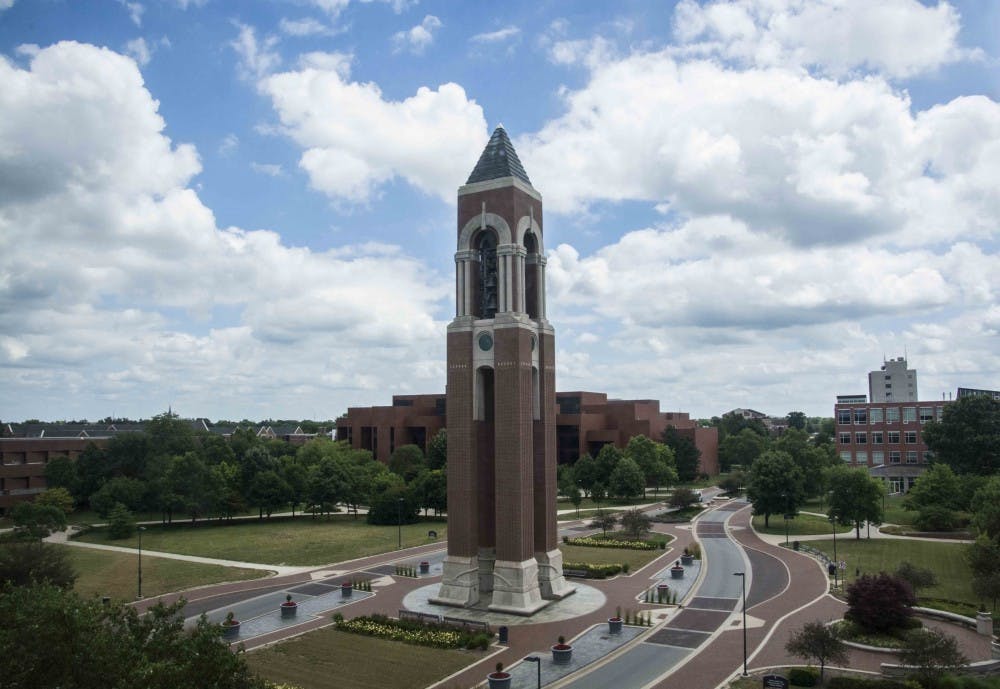Ball State University is approaching its centennial and the university has changed campus and the surrounding areas drastically within those 100 years.
“The Economic Impact of Ball State University: A Brief Review,” is a report from August 2017 that detailed the economic impact Ball State University has had on Delaware County and the surrounding area.
The report written by Michael Hicks, a professor of economics and business research, through the Center for Business and Economic Research and the Miller College of Business. Hicks said the Department of Marketing and Communications wanted to see the true impact of the university, and discovered that the school is the largest institutional effect in the county.
“I think many people don’t realize how large a role Ball State plays in the local economy,” Hicks said. “The size of the effect is much bigger than I think most people know.”
Hicks said if Ball State disappeared or moved, the city’s population would drop, the county would shift from a metropolitan area to a rural or micropolitan county, per capita income would drop significantly, the size of the hospital would shrink and the number of businesses decrease.
“What we’ve come to see is Muncie would disappear substantially as a consequence of all that [Ball State leaving],” Hicks said.
Hicks said Ball State has a lot to learn about Muncie and vice versa. The size and role of the university and the economy is the most relevant in this understanding.
"We share the same future,” Hicks said. “It’s important we understand one another.”
According to the report, economic impact is measured in population, earnings and the total economic activity. The report examines employment, industry, taxes, tourism, construction and various other aspects.
The nearly 22,000 students that attend the school account for more than $20 million. Ball State’s presence also adds more than 10,000 jobs and $586 million of GDP to the county.
Hicks said that he didn’t realize that the tax effect of the school would be as large as it is as Ball State accounts for more than one in five property tax and local income tax collected in the county.
Economic impact reports can be found from other schools across the state. Notre Dame University has published an economic impact report nearly every year since 2012 through the Office of Public Affairs, the most recent from July 2017.
Jessica Brookshire, the associate director for public affairs at Notre Dame University and the coordinator of the impact studies, said over email the goal of these reports is to show the impact of Notre Dame regionally and locally within Indiana and even beyond.
Brookshire said the office works with an outside consultant who reviews the data that is supplied to them.
“We felt it was important to document the numbers and highlight the impact of jobs and purchases being made and showing the benefit to our local community,” Brookshire said.
An economic impact analysis of Indiana University and its locations came out in February 2012. This report also detailed the impact of Indiana University Health and its hospitals, and found IU is a major employer in the state and because of this, its a major source of personal income for Hoosiers.
Contact Andrew Harp with comments at adharp@bsu.edu or on Twitter at @retr0andrew.





